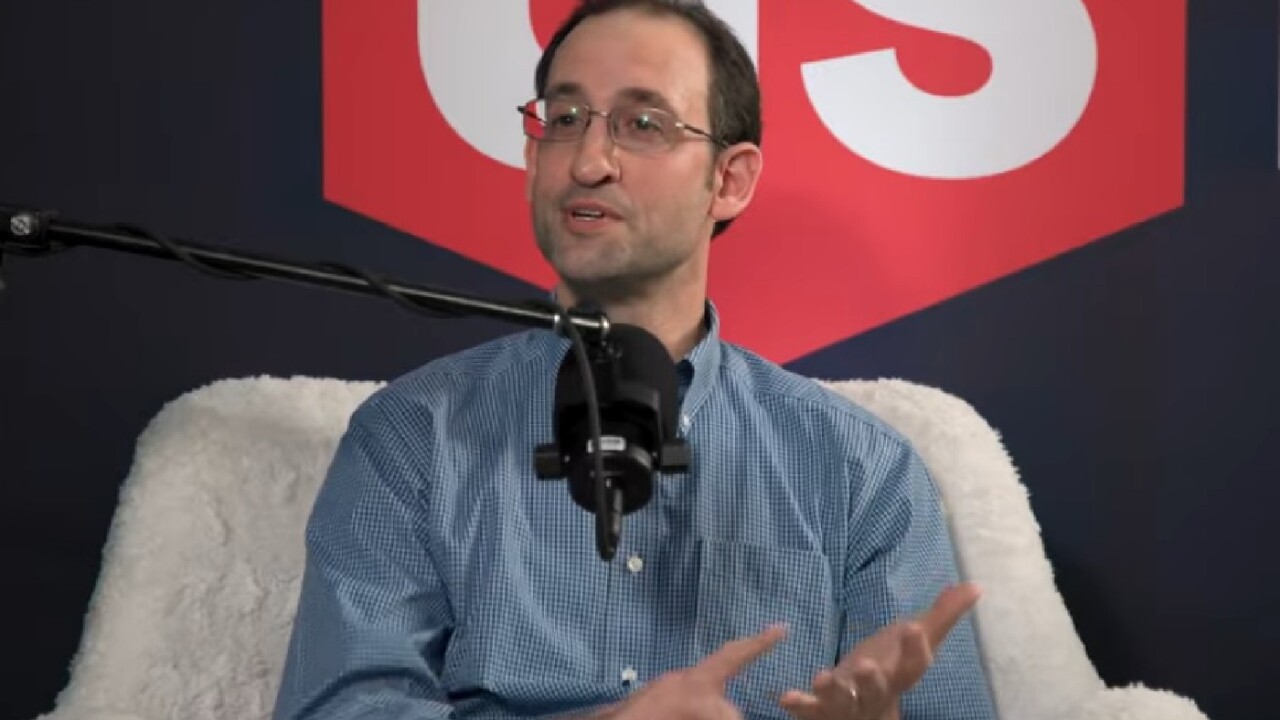Mortgage rate lock activity fell for the third consecutive month in August
In the current market, refinancings are a need-based product, and in most cases, borrowers seek to take cash out to meet liquidity needs. That purpose made up two-thirds of August's refi locks,
But the refi share remained at 12% (8% cash-out, 4% rate-and-term), with purchase making up the other 88%.
Rate-and-term refinance locks were 1.9% higher than for July but when compared with August 2022, these were 18.6% lower.
The upward nudge in refi locks could be the start of a trend in which current long-term homeowners stuck in their properties because of the
"From what the data is showing us, much of this still very scarce activity is occurring among first-lien holders with older mortgages, or with particularly low balances, for whom today's rates become less of an issue." said Andy Walden, vice president of enterprise research and strategy at Black Knight. "With the purchase market essentially gridlocked, but homeowner equity within inches of an all-time high, we'll continue to keep a close eye on the market for further signs of whether, how and to what degree American homeowners access that equity."
Overall rate locks dropped 1.5% on a month-to-month basis; the drop in purchase volume was higher at 1.9%. The Market Volume Index, which Black Knight uses to measure lock activity, dropped two points from July, to 96. Both points came off the purchase component, down to 84 from 86. The cash-out portion was at 8 for the third month in-a-row while rate-and-term refis were at 4 for the fifth consecutive period.
The year-over-year decline was 24.5%, with purchase activity off by 19.6%. August 2022's purchase index was 105, with the cash-out segment at 18 and the rate-and-term index was at 5.
Conforming mortgage rates ended August at 7.07%, after reaching as high as 7.3% on Aug. 22, according to data from Optimal Blue.
In the first week of September rates stayed elevated, likely affecting lock activity as savvy loan officers and consumers look for down moments in the cycle; they topped 7.2% before falling to 7.14% on Sept. 8.
The 10-year Treasury has traded above 4% since Aug 1. On Aug. 30, the yield was 4.09%.
But the yield has kept rising since. During early trading on Sept. 11, it was close to its 52-week high at 4.3%. Spreads between the 10-year and 30-year FRM remain wide; at the end of August, it was 298 basis points.
This is the final Origination Market Monitor, a company spokesperson said. Black Knight uses daily rate lock data from the Optimal Blue product and pricing engine to create the report. However, it will no longer have access to that information because in the





